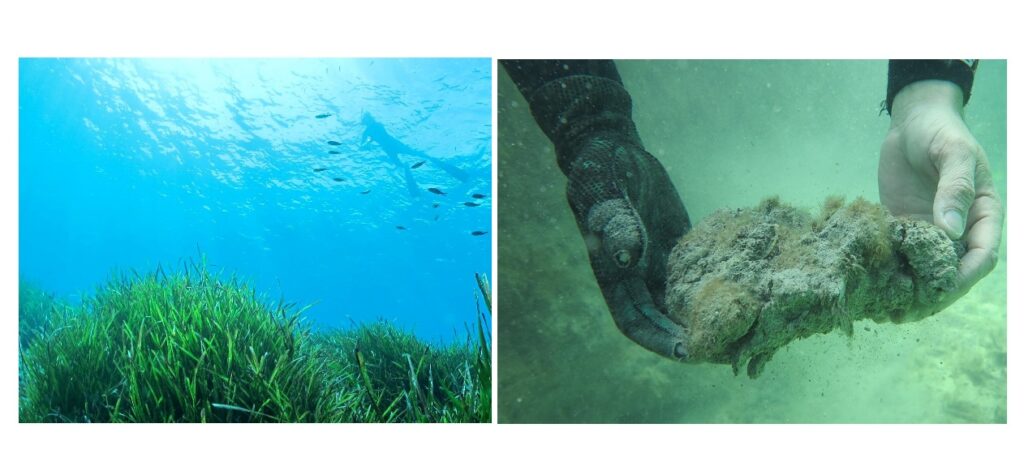According to a study conducted by the marine scientists at the Centre for Marine Ecosystems Research at the Edith Cowan University in Western Australia, an increase in carbon dioxide emissions, equivalent to five million cars a year has been caused by the loss of seagrass meadows around the Australian coastline since the 1950s.
Cristian Salinas, a Ph.D student calculated that around 161150 hectares of seagrass have been lost from Australian coasts since the 1950s, thereby resulting in a 2% rise in annual CO2 emissions from the land-use change.
Due to nutrient overflow caused by urban, port, and industrial development, Cockburn Sound – an inlet of the Indian Ocean on the western coast of Australia lost around 23 sq km of seagrass between the 1960s and 1990s.
Seagrass part of the as ‘Blue Carbon’ ecosystem (mangroves, tidal marshes, etc), are estimated to store CO2 in their soils about 30 times faster than most terrestrial forests.
“Seagrass meadows have been under constant threat in Australia due to nutrient runoff. Also change in climate causes marine heatwaves that are catastrophic to the seagrass. This study serves as a stark reminder of how important these environments are.” Salinas said.
The ECU researchers assessed how environmental factors such as water depth, hydrodynamic energy, soil accumulation rates, and soil grain size related to changes in soil carbon storage following seagrass loss.
“Without seagrass acting as a buffer, the hydrodynamic energy from the ocean releases the carbon by moving the seabed sand around. This means that nearshore meadows are particularly important to preserve.”

